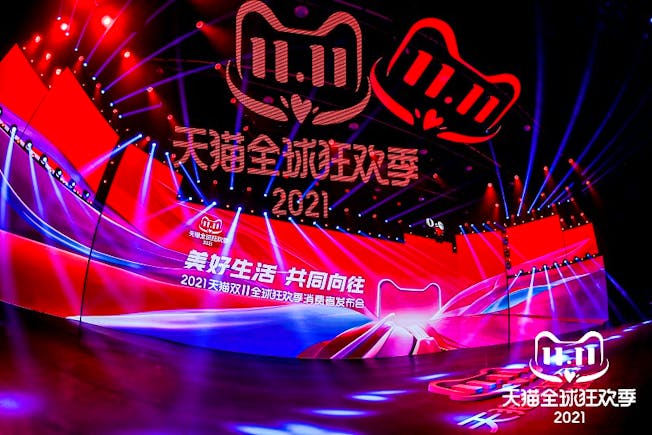Let’s take a look at who is using this technology in retail.
I’m not looking at payment here, which NFC has been mired in, merely how the shopping experience can be enhanced.
I’ll get a few things off my chest about what works and what doesn’t. First, a super quick differentiation between the two technologies.
Near field communication (NFC) is capable of two way communication, so payment (a debit and credit) for example, or even in medicine (a tag in your skin could send vital signs to your smartphone), and it works only at short distances. NFC can be used more basically, to simply transmit set information to a phone or tablet.
Radio frequency identification (RFID) has been around for yonks, the tags only transmit information, to an RFID reader (an NFC enabled phone or tablet such as an Android can be used as a reader, but for an iPhone a separate reader is required). These tags have been traditionally used in stock control.
There’s bluetooth low energy (e.g. iBeacons) in the mix, too. However, many of the uses of beacons have been for push messaging to customers.
In this piece I’m not going to be talking about geofencing which can be done with RFID, GPS or low energy bluetooth (iBeacons). I’ll be focusing on active rather than passive engagement, though I’ll discuss iBeacons in my conclusion (as they’re rapidly taking hold in many of the same scenarios).
Right, now that’s taken care of, let’s dive in…



